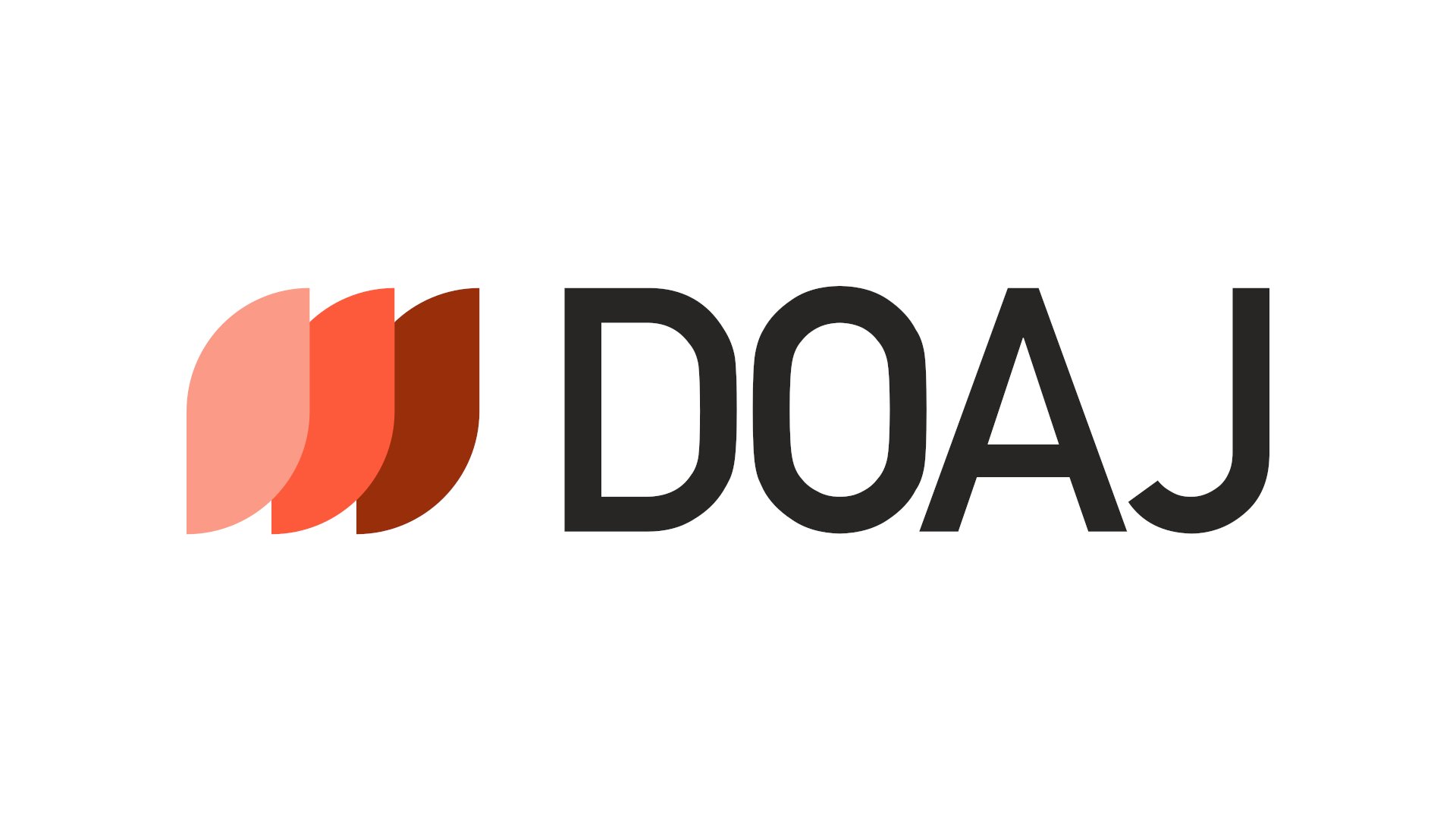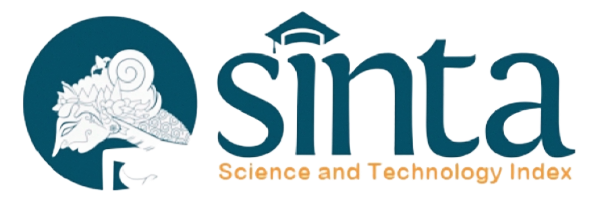Geospatial Mapping of Kurdistan Region Water Bodies Using Google Maps for Agricultural and Climate Resilience Planning
DOI:
https://doi.org/10.33022/ijcs.v14i5.5015Keywords:
Google Maps, Water Resource Management, Kurdistan Region, Climate Change Adaptation, Geospatial MappingAbstract
Lakes, ponds, and reservoirs are essential for water security, agriculture, and climate adaptation in the Kurdistan Region of Iraq. This study presents the first region-specific, field-verified dataset of surface water bodies whose boundaries and KurdishEnglish names have been added to Google Maps, where they were previously absent or incomplete. Using high-resolution satellite imagery, GPS-based ground surveys, and collaboration with local authorities, we identified and classified 31 water bodies (dams, lakes, and seasonal ponds) across the five governorates of Erbil, Sulaymaniyah, Duhok, Kirkuk, and Halabja. These water features are now openly accessible in Google Maps with dual-language labels and delineated outlines. By filling long-standing data gaps, the dataset enhances visibility of local water resources, supports irrigation planning, flood risk assessment, and environmental protection, and provides a replicable model for other data-poor and climate-stressed regions. This integration of modern geospatial methods with traditional knowledge demonstrates a practical step toward sustainable water management and climate resilience in semi-arid environments.
Downloads
Published
Issue
Section
License
Copyright (c) 2025 Akam Aziz Abdulrahman, Umran Abdullah Haje, Halgurd Rasul Ahmed

This work is licensed under a Creative Commons Attribution-ShareAlike 4.0 International License.





